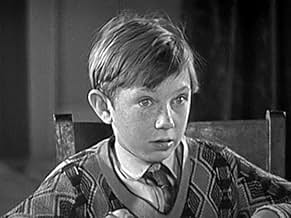Ajouter une intrigue dans votre langueStan and Ollie are musicians whose antics at a band concert end in their employment being terminated, and they must turn to busking to make ends meet. However, playing on street corners prov... Tout lireStan and Ollie are musicians whose antics at a band concert end in their employment being terminated, and they must turn to busking to make ends meet. However, playing on street corners proves to be more perilous than they had imagined.Stan and Ollie are musicians whose antics at a band concert end in their employment being terminated, and they must turn to busking to make ends meet. However, playing on street corners proves to be more perilous than they had imagined.



































